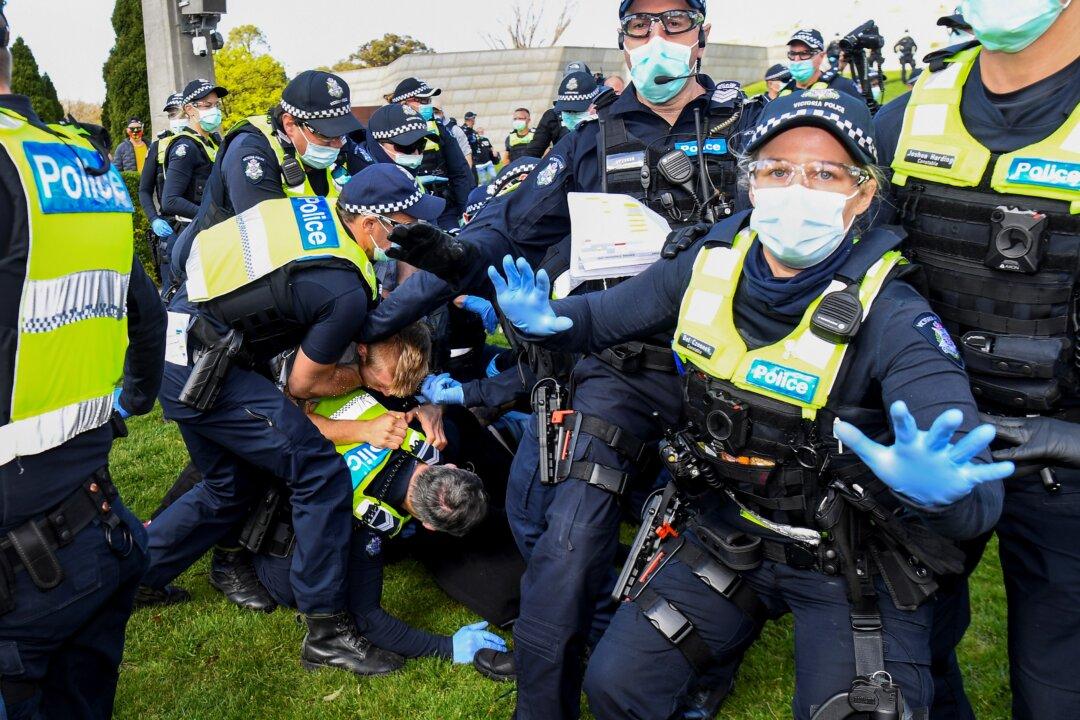In the 20 months since the CCP virus first came to Australia, it has been linked to the deaths of about 1.19 percent of the about 113,000 total confirmed cases in the country, according to the World Health Organization (WHO).
Despite low rates of hospitalizations and deaths in comparison to other countries, the state and territory governments of Australia have imposed strict measures in response to the virus, sometimes locking down capital cities and regions at the emergence of only one or a few new cases.






